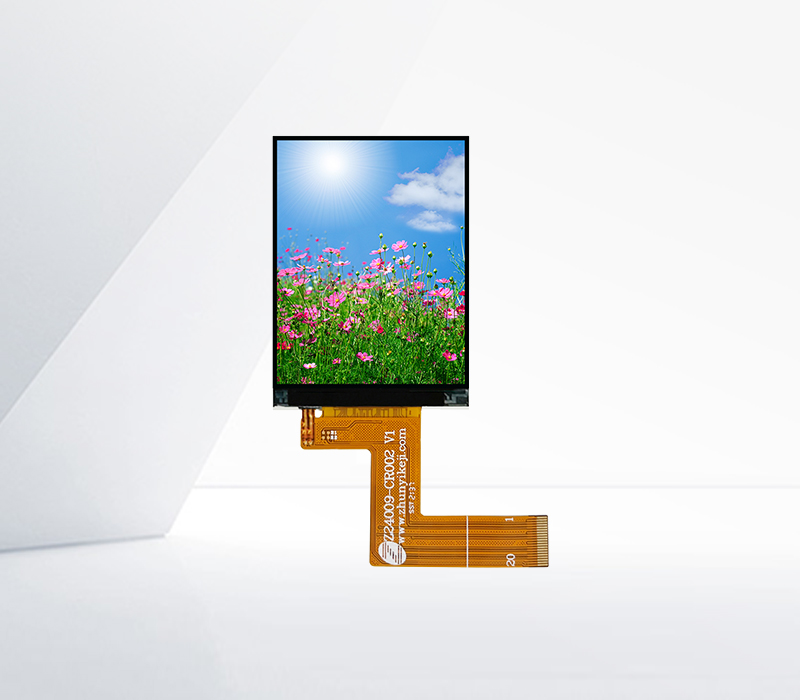




Handheld devices—ranging from barcode scanners to point - of - sale (POS) terminals and gaming consoles—rely on LCD modules to deliver vibrant, responsive displays in compact form factors. The design of these modules revolves around three key pillars: performance, portability, and user experience.
Performance in handheld LCD modules is measured by speed, color accuracy, and energy efficiency. In gaming handhelds like the Nintendo Switch, high - refresh - rate LCDs (up to 120 Hz) are essential for smooth gameplay, reducing motion blur and input lag. These panels often use IPS (In - Plane Switching) technology, which offers wide viewing angles and consistent color reproduction, making them ideal for multiplayer sessions. For POS terminals, color accuracy is crucial for displaying logos, product images, and transaction details clearly. Many use AMOLED (Active - Matrix Organic Light - Emitting Diode) panels for deep blacks and high contrast ratios, though LCDs remain more cost - effective for mass - market devices. Energy efficiency is equally important; handhelds are typically battery - powered, so LCDs with low power consumption extend usage time. Innovations like low - power LED backlights and adaptive brightness sensors help strike a balance between vivid visuals and battery life.
Portability drives the miniaturization of handheld LCD modules. Modern devices are increasingly sleek and lightweight, requiring displays that are thin, flexible, and durable. Thin - film transistor (TFT) LCDs are the standard here, with panel thicknesses as low as 0.5 mm. Some modules even incorporate on - cell or in - cell touch technology, integrating the touch sensor directly into the LCD layer to reduce overall thickness. For rugged handhelds used in logistics or field services, shatter - resistant glass and reinforced bezels protect the display from drops and impacts. For example, a handheld barcode scanner designed for warehouse use might feature a 5 - inch LCD with a Gorilla Glass overlay, capable of withstanding falls from 6 feet onto concrete.
User experience is enhanced through intuitive interaction design. Many handheld LCDs now support multi - touch gestures, such as pinch - to - zoom in mapping apps or swipe navigation in inventory management tools. Responsive touch sensitivity is critical, especially in gloves - compatible devices used in cold environments. Some modules use capacitive sensors with enhanced sensitivity or resistive touch layers that register input even through thick gloves. Additionally, customizable user interfaces allow manufacturers to tailor the display layout to specific tasks. A field service handheld, for instance, might have large, easy - to - press buttons on the LCD for quick access to repair checklists, while a gaming handheld prioritizes edge - to - edge display for immersive visuals.
Future advancements in handheld LCDs may include foldable or rollable displays, enabling devices to switch between compact and expanded modes. Imagine a handheld gaming console that unfolds from a 5 - inch to an 8 - inch display for multiplayer mode. Additionally, micro - LED technology, which offers brighter, more energy - efficient pixels than traditional LCDs, could become more affordable for handheld applications, enhancing visual quality without compromising battery life.
